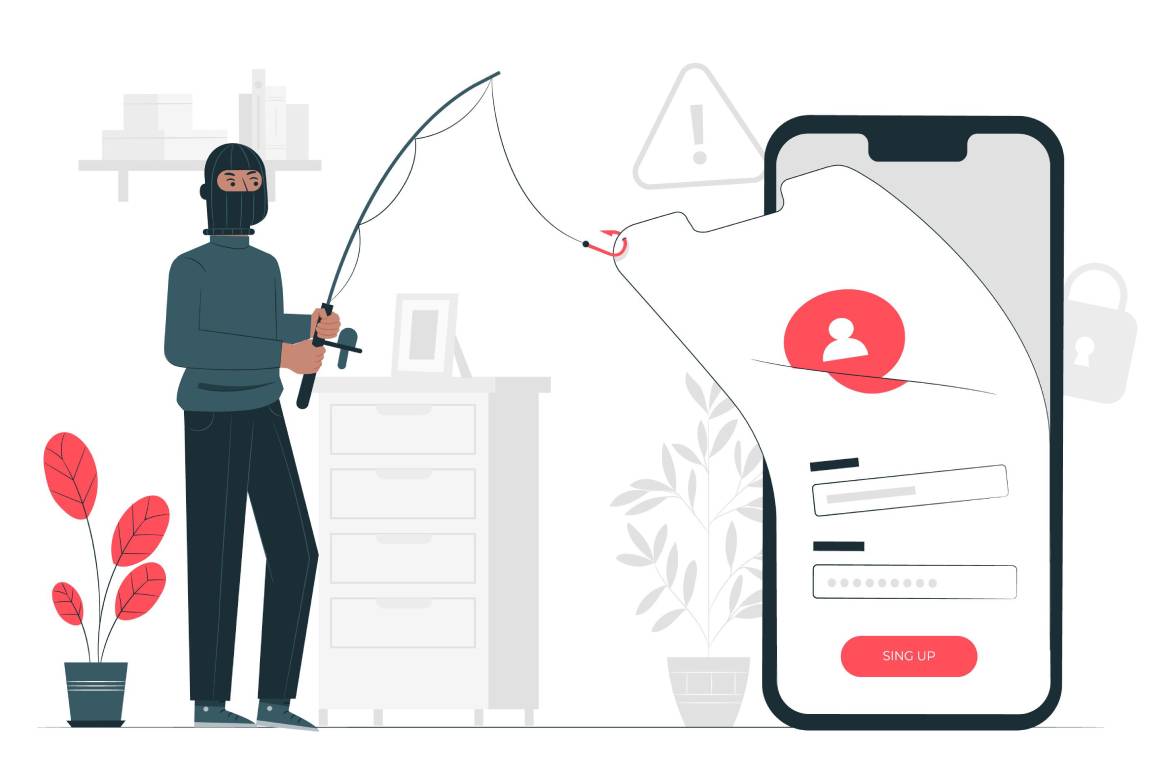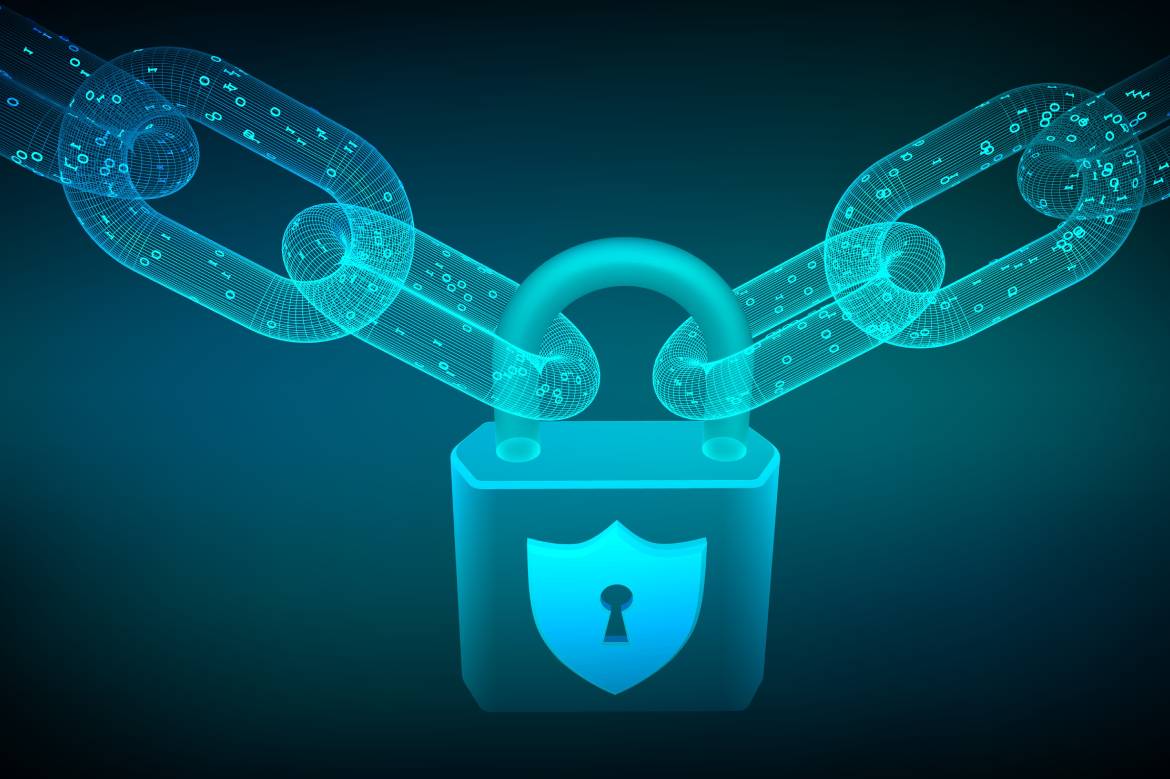Table of Contents
Internet Shopping Is Becoming More And More Popular
At the same time, the thriving online trade and parcel boom is attracting internet criminals, who are currently using fake text messages in short message form, abusing the carelessness, ignorance and naivety of people in order to access very personal and business-critical data or distribute malware. The scam called smishing can hit anyone. Therefore, one thing works above all: education and sensitization for smishing dangers.
“Your Package Has Been Delivered – Click On The link To Track The Shipment!”
There’s something magical about delivery announcements: once the news arrives, people can’t wait to get their hands on the order.
Internet criminals also take advantage of the flourishing Internet trade and package boom for their criminal activities. A scam that is gaining popularity in this country is smishing.
So-called smishing is a modified form of phishing that primarily uses fake text messages in the form of SMS to hijack very personal and business-critical information such as login information, passwords and credit card information or to distribute malware.
Small Click, Immense Damage!
Whether on your own sofa, on the train, in the bistro, at the airport or even in the park – mobile phones are omnipresent and have become a constant companion in this modern society.
It is therefore not surprising that internet criminals are reorienting themselves and increasingly expanding their attacks to mobile devices such as smartphones and tablets.
While traditional phishing attacks mostly take place via e-mail, cybercriminals prefer to use the short message service, also known as Short Message Service or SMS, for smishing.
The Procedure For SMS Fraud Is Very Simple
- Cybercriminals send fake SMS messages to random recipients on behalf of reputable companies, prompting them to follow a hyperlink and then install an app under false pretenses. If this is installed, malware is usually downloaded that not only gives the attackers access to the mobile phone, but also reads out all login information, sends expensive text messages or locks the device in order to demand a ransom for unlocking it afterwards.
- Another perfidious method of smishing is directing the victim to a form, for example to access data for online banking or other account/credit card information. As a rule, the attackers report security problems that would necessitate the immediate transmission of personal information in order to continue to be able to use all the features of a service.
- Equally popular is the tactic used by cybercriminals to pose as customer support staff. In this smishing scam, victims receive an SMS message asking them to contact customer service using the phone number provided. Due to the scam of impersonating support staff, there is a higher level of credibility and victims willingly disclose sensitive information.
Better IT Security Thanks To Advice And Awareness-Raising!
Due to the increasing spread and use of mobile phones and alternative mobile devices, smishing is developing into a risk that customers and companies must take seriously. The good news is that you can effectively protect your company, your employees and your information from smishing attacks with simple measures.
In principle, however, this means: Never click on links from dubious sources and delete the notification immediately after receiving it!
Additional Strategies Include
Recognize Smishing Attacks
If you receive important security warnings, expiring offers or deals that create pressure and require immediate action, it is very likely a phishing SMS.
Furthermore, a phishing short message can be identified by various visual discrepancies:
- Unknown sender number
- Grammar and spelling mistakes
- Strange formatting
- Impersonal or unusual salutation
Verify Content For Probability
No bank, merchant, or other entity will send text messages to solicit login credentials, passwords, or account information. If you receive a short message with such a request, it helps to call the credit institution, the provider or the company to check whether the notification is actually coming from there.
Implement IT Security Training: You Can Increase The
security awareness of your employees through frequent IT security training. This puts them in a position to identify, avert and report potential smishing attacks.
Install security solutions and security updates: Apart from starting up antivirus software, you should always keep your operating system and all applications up to date. As a rule, recently discovered security gaps that could be exploited by any attackers are closed by updates.
Clever saving: Never save your credit card or banking data on your smartphone.
If you or your employees have accidentally clicked on the link or have actually already installed applications, we advises the following:
- Putting the smartphone in flight mode to prevent further SMS transmissions and possible communication of the malware with other devices and data leakage.
- Notify the cell phone provider.
- Check the account and other payment systems for debits.
- Report to the local police station.
- Reset the mobile phone to factory settings
Knowledge Is The Ideal Protective Mechanism!
Mobile phones, tablets and the like are becoming more and more worthwhile targets for cybercriminals. Smishing is now definitely one of the most popular attack methods to steal confidential information, passwords and other access data on mobile devices or to inject and distribute malware. The best way to protect companies and employees from such smishing attempts is frequent IT security training and awareness-raising measures.
Also Read: What Is The Worker Life Cycle?




